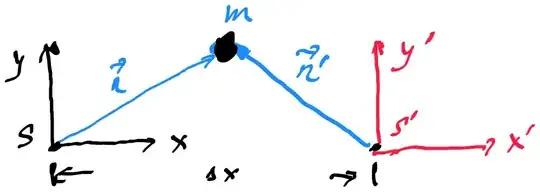If energy depends on frame of reference of observer, then how it can remain conserved?
Same question also for linear and angular momentum.
I think energy is conserved when seen from a specific frame of reference, but I have doubts about it.
If that's the case, then I think that the energy difference between two systems, when observed from the same frame of reference, remains same for all reference frames, and this energy difference is a more fundamental quantity and it should remain conserved instead.
Kindly explain this to me.
